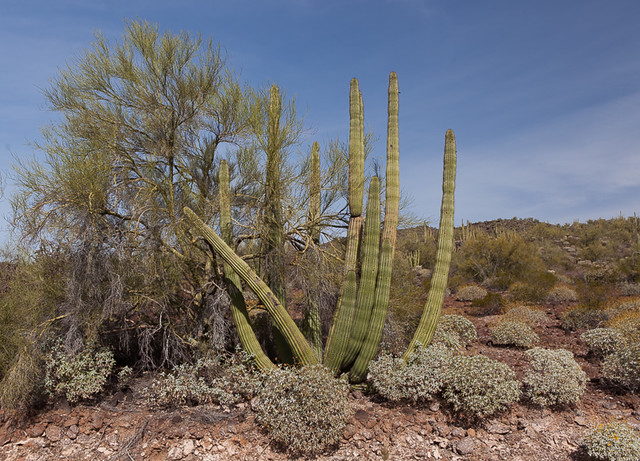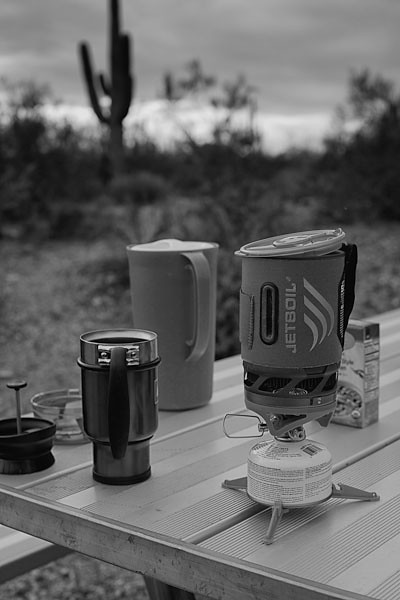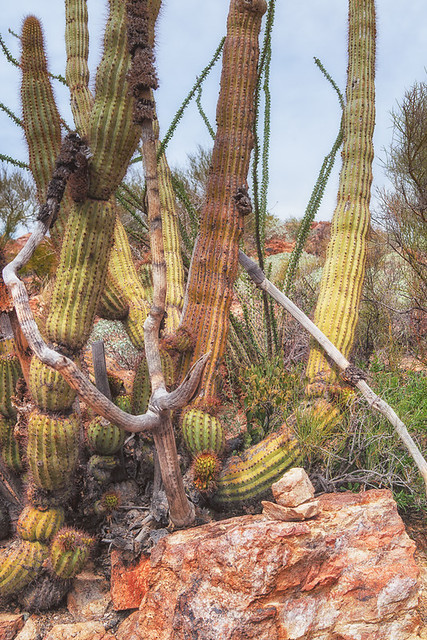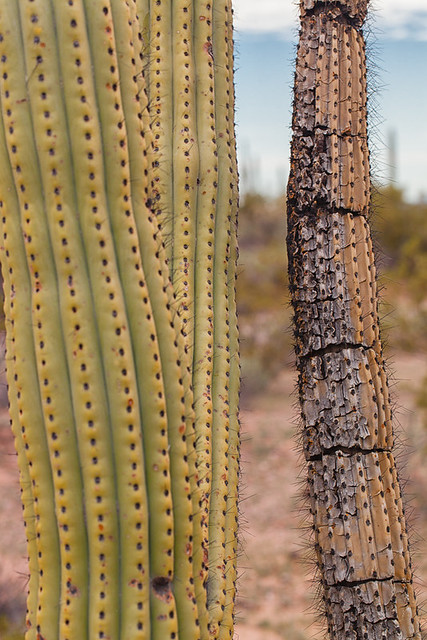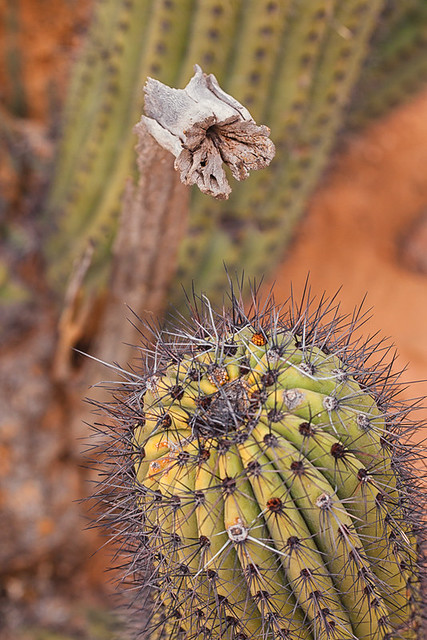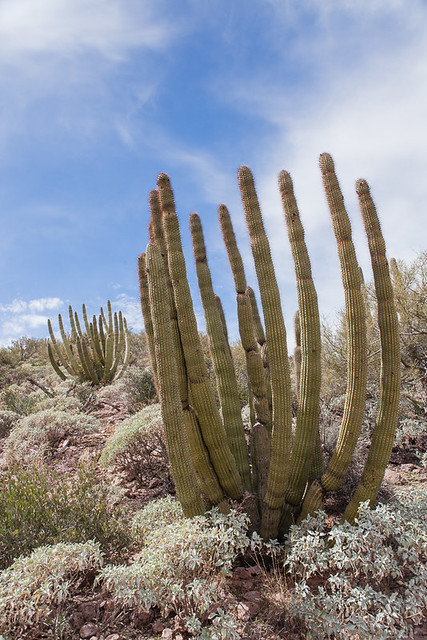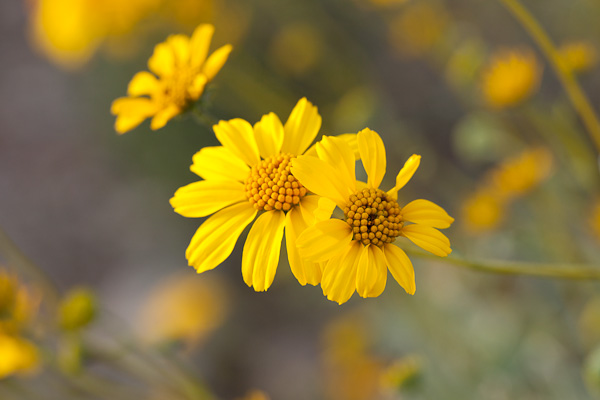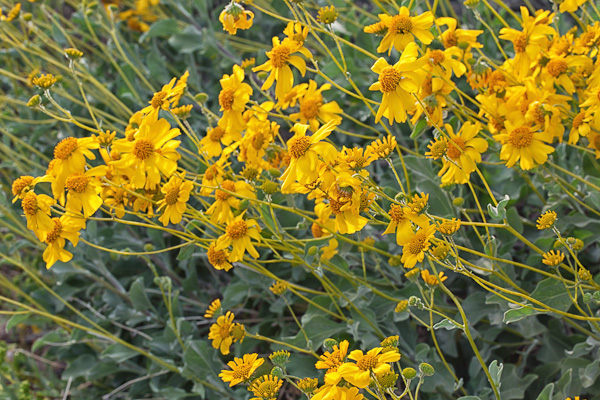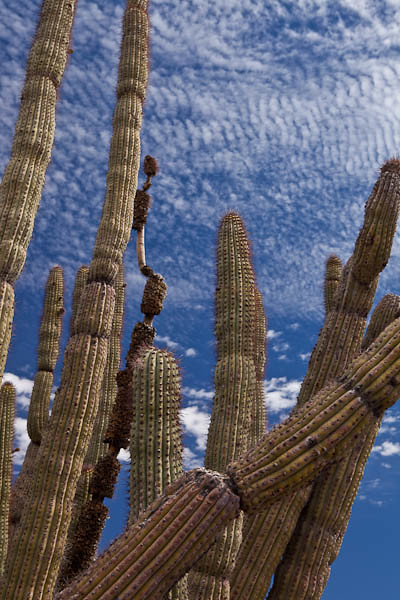Purchase Tramadol “Every challenge you encounter in life is a fork in the road. You have the choice to choose which way to go – backward, forward, breakdown or breakthrough.” ~ Ifeanyi Enoch Onuoha
I love the desert.
https://www.circologhislandi.net/en/conferenze/Tramadol Online Uk Reviews This was a surprise to me when I first visited the Southwest.
https://www.circologhislandi.net/en/conferenze/Tramadol For Sale Online Uk I had driven through a part of the Mojave Desert on a family vacation many years ago, and I do not remember my reaction, negative or positive. So it came as a surprise to me when I visited Arizona and the Sonoran Desert in 2008 and had an immediate, visceral connection with this arid landscape.
I felt as if I had finally found my home.
The first time I lived in the desert for any length of time, it was a challenge on all counts. It was the first time I lived away from my husband and family for an extended time. I had lived a protected life for many years, and challenging myself to come to Arizona, alone, was a big deal. I was responsible for taking care of everything.
I succeeded, but it was difficult. There were times I found myself crying in frustration, angry that doing the grocery shopping or filling the car with gas were such obstacles. I was anxious when I had to drive after dark or when I got lost in a strange part of the city. I struggled to accomplish the daily routines I believed everyone else did with ease.
My second winter in Arizona, I learned to not only live by myself, but thrive while doing so. I explored southern Arizona, traveling the back roads and byways. I found my footing.
The third year was more difficult. I stayed longer and I had fewer visits from family and friends. But again I did quite well, and when it was time to return to the Midwest, I drove cross-country, solo. Another milestone, hard-earned, but I was proud that I was gradually accomplishing more and more.
This year, my fourth year, I was pleased that I was once again thriving in Arizona. (I had the added advantage of extended visits from Sherpa every month, which was a great bonus.)
And then . . . I decided to go primitive camping in Organ Pipe Cactus National Monument, a three-hour drive from my Arizona home.
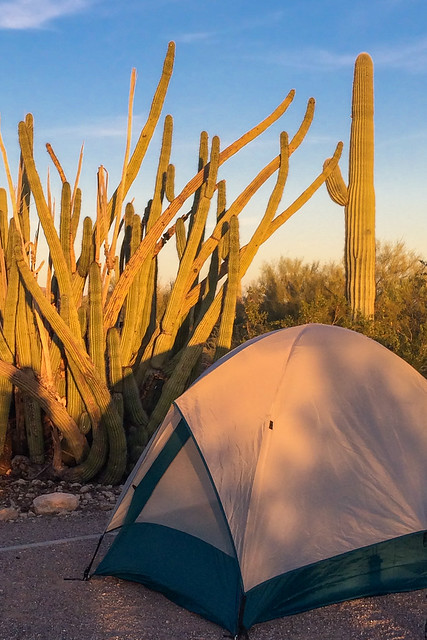
Camping with Cacti © 2014 Bo Mackison
“Security is mostly a superstition. It does not exist in nature, nor do the children of men as a whole experience it. Avoiding danger is no safer in the long run than outright exposure. Life is either a daring adventure, or nothing.”
~ Helen Keller
The day I drove to Organ Pipe was a perfect desert day – moderate temperatures, deep blue skies, calm weather.
I dictated brief scraps of travel tidbits into my phone recorder as I drove, and then stopped at a roadside cafe for lunch before entering the park. I was in no hurry – I had the whole afternoon and evening for setting up camp and exploring, and tomorrow too.
I spent an hour enjoying a home cooked meal and writing in my journal.
By the time I left, the temperature had soared into the 90s and the wind had picked up. Neither heat nor high winds had been forecast, so this was unexpected, but not particularly unusual. I signed in at the campground, found an isolated site, and pitched my tent amidst saguaro and organ pipe cacti.
The winds made setting up the tent a challenge, and it didn’t help that I had forgotten my mallet back in Tucson. I still set up the tent, using a rock to pound in the stakes, but I ended up with cut hands from the sharp edges of the rock.
I did remember the first aid kit, and bandages, and that was a good thing.
Then off I went to explore with camera in hand. By the time I returned to camp to prepare my dinner, the winds had quieted, and the evening was immeasurably pleasant.
After the sun set, the skies were dark and it was a treat to take in the night skies.
Every star shimmered and danced in its glory. And then the moon rose – a full moon. Large as a saucer, brilliant with a few wispy clouds drifting across her face. The desert was awash with moonlight, nearly as light as on a stormy day. It was a moment to treasure.
But then, as if an early morning alarm clock had shrieked and blinked wildly, the desert awoke. The desert life joined in the noise making. Coyotes howled, birds squawked, dark furry things ambled along the dirt road, slithery sounds emerged from the tall grasses.
None of these sounds are new to me. I walk the desert several times a week. But it seemed totally different in the eerily moonlit desert. It wasn’t quite light enough to see well, but my hearing took on a well-tuned acuity. Suddenly I heard anything, and everything.
There was only one reasonable alternative I could think of — zip myself into my tent and call it a night. I briefly considered pulling up camp and driving home. Too far. I also considered screaming that the desert was coming to life and I was afraid, but that seemed quite unreasonable. Plus I figured it would attract the wrong kind of attention. Nor did I want to succumb to a panic attack in the light of the silvery moon? No way.
So I zipped myself into my tiny tent and willed myself to get drowsy and fall into a blissful sleep.
That did not happen. I did not fall asleep until it was nearly time to get up. That is the unfortunate news.
But there were a lot of positives, too. I stayed (mostly) calm throughout the long night, drowsing a bit, then waking up to the moonlit desert and momentarily thinking the sun was rising. Disappointed? Yes. But still calm and in control.
I now have first hand proof that meditation and deep breathing are indeed helpful, even when a desert creature is rubbing against the ropes that stake the tent into the earth. Even when the tent is wobbling a bit. And I can also practice meditation and calming while armed with a hiking stick – just in case the tent wobbling gets out of control.
There’s always a story. It’s all stories, really.
The sun coming up every day is a story. Everything’s got a story in it.
Change the story, change the world. ~ Terry Pratchett
Did I mention that the sun did rise through a haze of low clouds, and burst onto the desert scene, a white blaze?
Or that I crawled out of the tent, all in one piece, and immediately set up my backpacker stove to heat water for coffee?
Or that a cup of French press coffee after a long, wakeful night is one of the best morning gifts I can imagine?
Or that I was pretty darned pleased with myself for surviving an uneventful night in the desert, even if I did let myself get freaked out by the full-moon-night-concert-in-the-desert?
Or that I still love the desert?
Yes, indeed!
